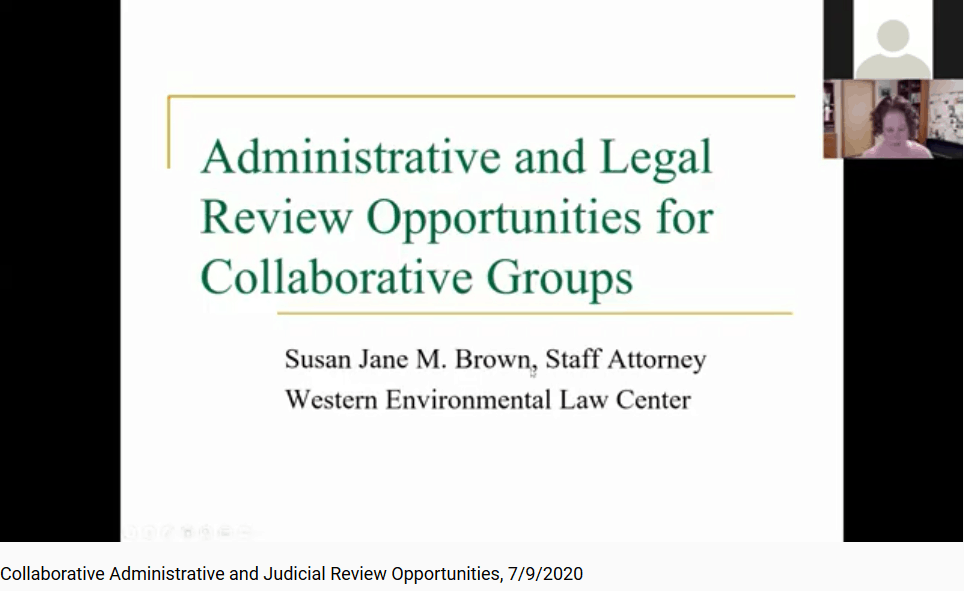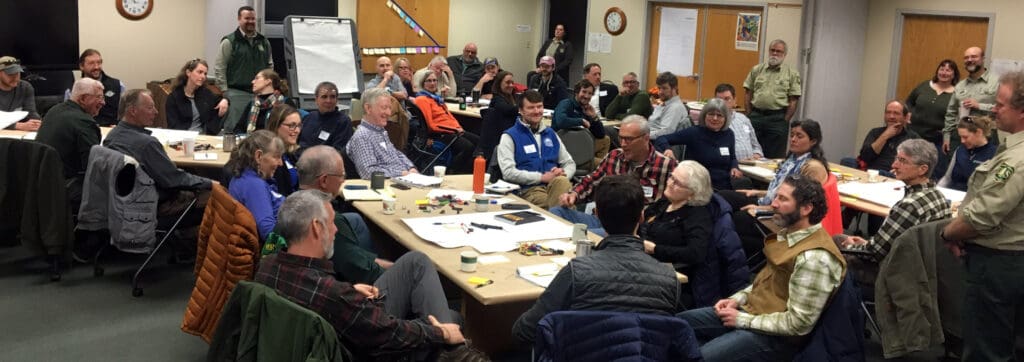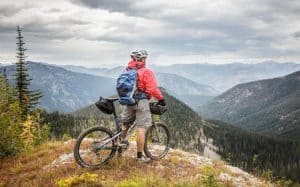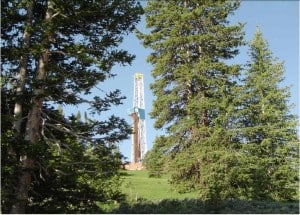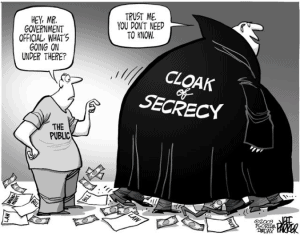
Most of her nine are about climate change. Of most interest to us, is perhaps one she calls “Restore Wildlife Areas”
According to her, Mr. Biden has pledged to take “immediate steps to reverse the Trump assault on America’s national treasures” including major cuts in 2017 to Bears Ears and Grand Staircase-Escalante National Monuments as well as opening parts of the Arctic National Wildlife Refuge to oil exploration. He has said on the first day of his administration that he will sign an executive order to conserve 30 percent of US lands and waters by 2030.”
We’ll be continuing to discuss the details of a 30 x 30 goal.
One concept I’ve never heard political writers talk about is what I would call the “sharp stick in the eye” factor, which I think deserves more exploration. Bears Ears was monumentized following the loss of an election. We have heard from the same people that it’s bad for Supreme Court nominees to be picked too close to an election, but the same folks argue that it was fine to Monumentize an area where many elected officials are of the opposing party after an election. It seems to me that these positions are inconsistent, and I’ve found that inconsistent and or illogical positions are often guideposts to decisions that are ultimately political (in the sense of pleasing someone at the expense of others). Anyway, to me that was an intentional sharp stick in the eye. It will be interesting to see if we agree on the SSE (sharp stick) factor. I’d give Bears Ears an 8 on a 1-10 scale.
I don’t think the “uniting” approach would be to “immediately reverse” what the Trump Administration did. That would be just another sharp stick in the eye.. haven’t we had enough of those? What about sitting down again with folks in the area and concerned groups looking at a variety of alternatives without the drama of the Nationally Significant Focus by Some Groups as a Symbol. Certainly the only choice is not “these 2016 lines with these 2016 restrictions”. As Chris Wood said about the 2001 Roadless Rule, “it wasn’t written on stone tablets.”
Despite the fears, we didn’t see any oil and gas nor additional uranium development. Maybe, as we have seen, increasing recreation in the area would be bad for the environment, or people come whether or not it’s a Monument, or people overuse trails and spread Covid to locals. Seems like the last four years have had changes that could be considered in such a discussion.
Mark Squillace, a professor at the University of Colorado Law School, tells the story of when he accompanied Interior Secretary Bruce Babbit to affected communities to discuss Grand Staircase-Escalante national Monument. The way his story goes, talking person to person with Babbit may have actually changed minds, or at least reduced the atmosphere of antipathy. (Of course, that’s Mark’s side of the story, but we don’t have another one, so I’ll go with it.)
Here’s my unifying approach based on that:
1. Send the Secretary out there (presence is a great symbol) as part of a public comment period
2. Determine to listen respectfully to the other sides, including elected officials from the other party (!). As the President-elect said, they are not your enemy.
3. Do a deal with the goal of stability.. “can everyone live with this?”
Actually, it sounds a lot like plain old collaboration. It’s also what states have to do regularly, which is why I like former western governors and DNR directors for Interior Secretaries.
It’s interesting to think about why it is that when the stakes are higher than at the State level, it seems like collaboration takes a back seat and “winner takes all” takes over. But internationally, we’d reject that approach in supporting peace processes. Perhaps national politics are some kind of anomaly. Not in a good way.
I ran across this article from only five years ago from the Durango Herald on Babbitt’s then-current activities:
The pushback from the energy production industry is a major obstacle, but Babbitt said he has long held the belief that the two, preservation and industry, can co-exist.
“How many of you know, that there is gas production at the Canyon of the Ancients?” Babbitt asked the crowd of about 30 members and non-members. “The opponent says you’re taking things off the slate of use and production, that the land is just being set aside for weak environmentalists. But (oil and gas) can be managed with minimal impact. It is possible to make them work together.
And one reason the BLM is taking such good care of that place is because they’re looking over their shoulder,” he said. “That’s the model for the entire West, and it began right here in Durango.”
I think by “they” in the last sentence Babbitt meant local people given the context. Also Babbitt talks about BLM’s National Conservation Lands which sounds like it could be an alternative to monumentizing, especially when an Administration starts with enough time for such a process.
